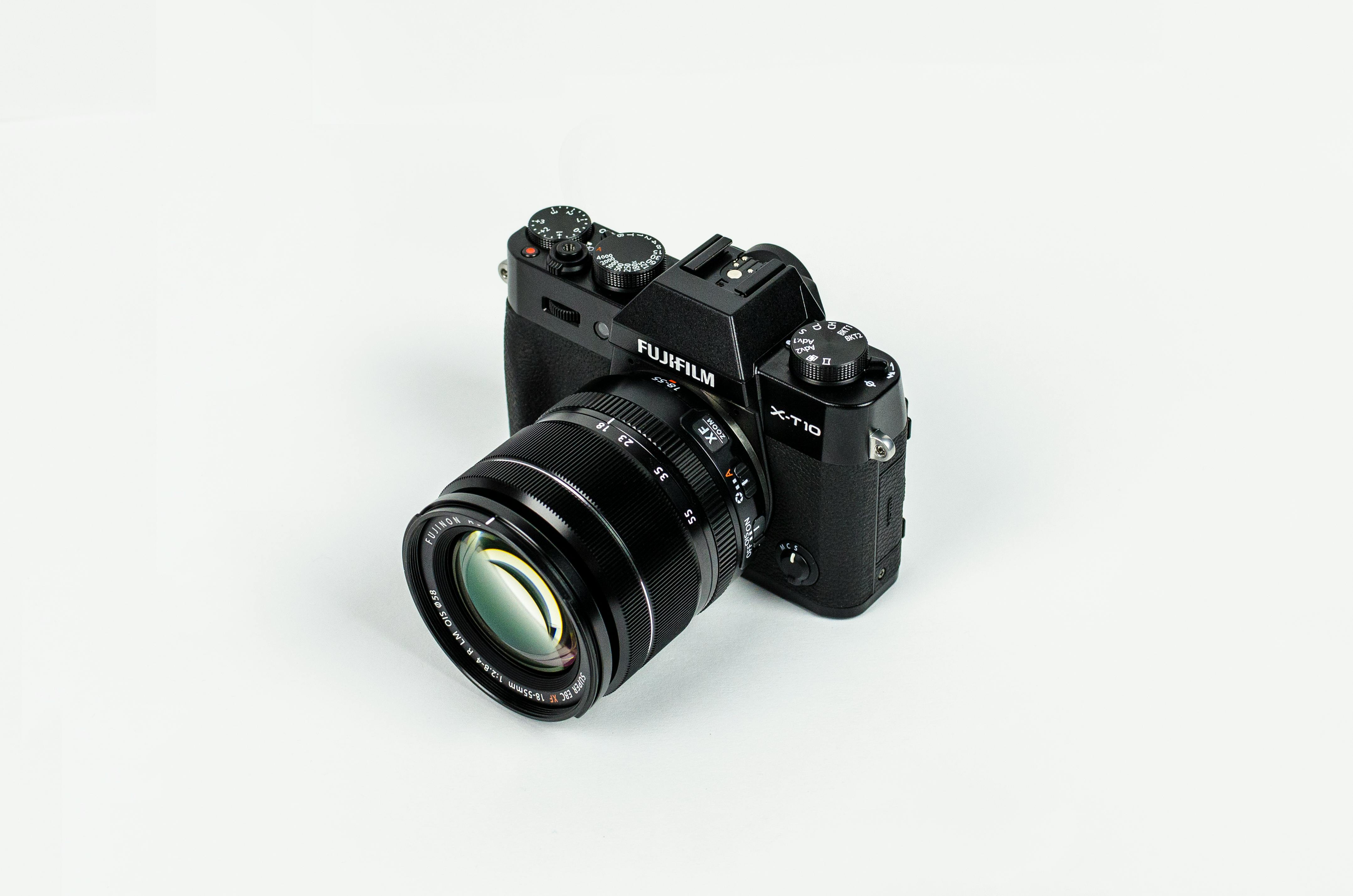The Diamond Pipeline: A Breakdown of Global Diamond Journeys and Who Foots the Bill
The fine jewelry industry seems to be perpetually riddled with egregious margins, and yet what appears to be constant sales. Diamonds fall straight down in this mysterious price shopping and bargain hunting game. How is it that a jewelry salesman always seems to be able to pull out a calculator and reduce the price of a diamond engagement ring, which is already 60% off, a few more notches? Who’s getting a good deal? Are diamonds really as expensive as they seem?
On the retail end of the diamond spectrum, diamonds really are as expensive as they come, but why? If the market value of a diamond is less than its retail value, where does the money go? To get an idea of what goes into the price tag of a diamond at your local jeweler, it’s important to understand how a diamond gets into the display case to begin with.
By the time a diamond arrives at your local jeweler, it has already traveled around the world. Most diamonds are mined in just six of the world’s countries: Botswana, Russia, South Africa, Angola, Namibia, and Australia. Rough diamonds are immediately graded for value when initially mined by a “diamond appraiser” (Diamond Consultants, 2012). The appraiser analyzes each rough diamond to determine its size, color, quality, shape and cutting ability. Each rough diamond has the potential to be cut into a multitude of different polished diamonds and are therefore separated into as many as “12,000 different categories in readiness for sale” (Diamond Consultants, 2012).
After appraisal and grading, rough diamonds are cut and polished into high-quality stones that reflect light. Most large mining companies have manufacturing and distribution branches. Thus, “the production and distribution of diamonds is largely consolidated in the hands of a few key players” (Diamond Consultants, 2012). These gem-quality rough diamonds are distributed to one of two major cutting and processing centers in the world.
The chances are good that the rough diamond will travel to India, where 60% of rough diamonds are cut and polished, or to Israel, which cuts and polishes 14% of the world’s supply of diamonds (Diamond Consultants, 2012). Cutters, also known as “diamonaries”, will cut each rough diamond into a new polished version. Polished diamonds now have unique and specific characteristics that are entirely their own, including their shape, color, clarity, and new carat weight.
From the manufacturer, the new polished diamond will reach the hands of a wholesaler. The wholesaler will then supply small jewelers and large corporations with their inventory of diamonds to be assembled and sold to the consumer. This step in the diamond pipeline is more complex than its predecessors because it is targeted specifically at the consumer. As long as the demand for diamonds is high and consumers are willing to pay more for these stones, they will be delivered in a luxurious box with an exclusive price. It is worth noting that globally, the United States is the dominant market for the polished diamond industry, accounting for 45% of all retail diamond sales (Diamond Consultants, 2012).
The diamond pipeline is extensive, and by the time a polished diamond makes it to a jeweler’s display case, everyone who has had a hand in crafting that stone must make a profit. With the purchase of a diamond, the consumer pays the entire bill, as well as the profit margins of all the people who have invested time and money in that diamond. As an example, consider this: diamonds from the mine are $800-1200 per carat; however, by the time it reaches the consumer, it has become a $7000-8500 piece of jewelry.
Every time a diamond changes hands, the new owner is responsible for the profits of his predecessor, ultimately falling on the consumer.
This very high profit margin has been reduced in recent years, with the increase in direct sales to the public. Internet diamond wholesalers and sellers are able to sell a diamond at a reduced price due to the lack of large inventory and relatively low overhead costs. Looking at the big picture on a small scale, for every dollar a wholesaler pays a cutter or fabricator for stones, he will sell the product for $1.30. By comparison, for every dollar a traditional jewelry store gives a vendor, the vendor sells their items for $2.00-$2.50 (O’Neill, 2012). This is where the calculator comes in, and the salesperson starts taking a percentage here and a percentage there, to make it look like the consumer is getting a bargain.
While the consumer may not be able to avoid taking a diamond around the world, they can avoid the high markup of jewelers by purchasing a diamond directly from a wholesaler. It is important to remember that if one is ever in a position to sell a diamond, its value falls back down the pyramid between the polished and wholesale state. Not because it has depreciated in value, but because the consumer has now become the supplier instead of the jeweler with the calculator.
Written by Anne Johnson, CEO of MJ Gabel
References
Diamond Consultants Canada. The Diamond Industry: Opportunity and Impact Assessment. Rep. Reports of economic development of the city of Prince Albert. website. February 27, 2012..
O’Neill, Sean. “Clicks and stones”. Kiplinger’s Personal Finance 60.2 (2006): 102-105. Alumni Edition of Academic Search. website. February 28, 2012.
MJ Gabel / http://www.mjgabel.com / 800-804-1980



Recent Comments